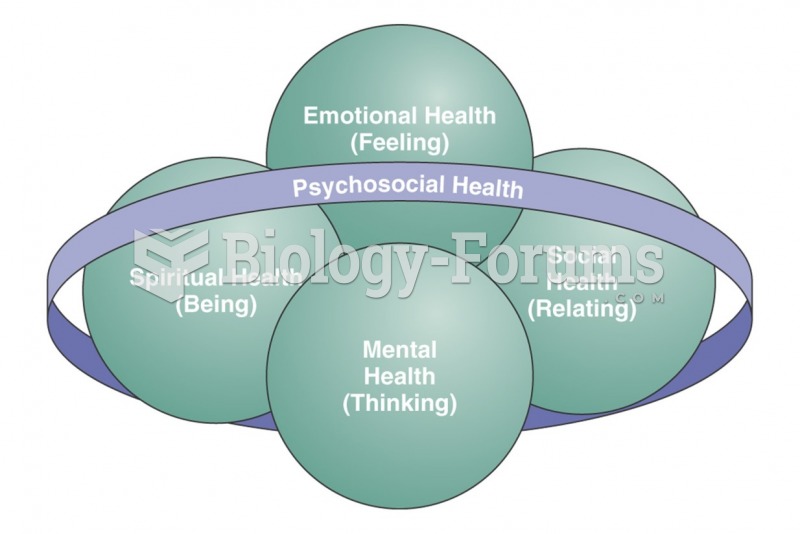Answer to Question 1
Utilization management focuses on the appropriateness, efficiency, and cost-effectiveness of health care. In the current climate of managed care and with prospective payment systems for Medicare in place, it is more important than ever for hospitals to be sure they are rendering services efficiently. In the past, hospitals were reimbursed based either on their costs or their charges. Now both Medicare and private payers limit the charges and costs they will pay. To operate efficiently in such an environment requires a team effort from physicians, hospital staff, and administration. In many hospitals, the staff members most directly responsible for monitoring utilization management are known as case managers. In earlier days, case managers often focused on working as liaisons between the medical staff and the patient and patient's family to make sure that necessary arrangements were made for a timely discharge. However, in recent years, the case management team's responsibilities have expanded to include working with the managed care contracting office, decision support personnel, and health information services, in addition to their traditional role with clinicians, patients, and patients' families. In some instances, the case management team may work with health information services in clinical documentation improvement programs to help ensure that all of the documentation necessary for correct coding is present. In some hospitals, health information management professionals have administrative authority over case management services. Many hospitals maintain both utilization review and case management teams allowing staff to focus on the use of resources and the coordination of care between families and facilities as separate functions. Regardless of reporting relationships, the case management team can be an important ally to health information services.
Answer to Question 2
Any two of the following:
The Treatment Episode Data Set (TEDS) collects uniform data that are client-specific, but not client-identifiable, including demographic and substance abuse characteristics.
The National Survey of Substance Abuse Treatment Services (N-SSATS) collects facility-specific information on location, characteristics, services offered, and utilization.
The Inventory of Substance Abuse Treatment Services (I-SATS) is a listing of all known public and private substance abuse treatment facilities in the U.S. and its territories.







